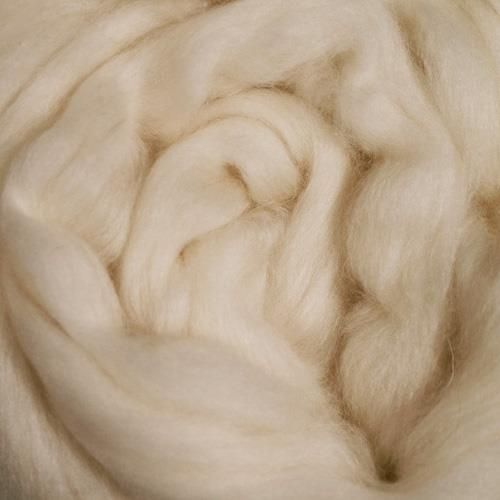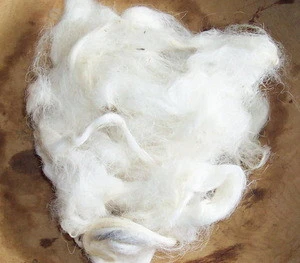What Is Cashmere? Exploring the Premium Material Loved by Fashion Experts
Wiki Article
Reasons You Must Need Cashmere a Natural Fiber for Comfort and Elegance in Everyday Wear
In the world of fabrics, few fibers measure up to the luxury and convenience of cashmere. This distinct product, recognized for its remarkable gentleness and insulation, supplies unrivaled convenience and sophistication for daily wear. What establishes it apart from various other fibers? How does it affect the setting and how does it compare to synthetic options? Just how can one best make use of cashmere to boost their design? These intriguing inquiries lay the foundation for an enlightening exploration into the globe of cashmere.Understanding the Luxurious Nature of Cashmere

Evaluating the Comfort Factor of Cashmere Clothing
What top qualities underscore the convenience factor of cashmere garments? The soft qualities of cashmere is the very first top quality to think about. Its deluxe texture makes it really feel like a second skin, giving heat without the weight or irritation linked with various other wool items. Moreover, cashmere's special fiber framework enables breathability, controling temperature and avoiding getting too hot. The material's versatility and longevity ensure that it mold and mildews against the body easily, preserving its shape gradually. Cashmere's hypoallergenic residential or commercial properties also add to its comfort, making it an optimal option for delicate skin. The capability to layer cashmere pieces without bulkiness heightens the convenience variable. Essentially, the comfort of cashmere is stemmed from its soft qualities, breathability, durability, hypoallergenic nature, and convenience.
The Ecological Influence and Sustainability of Cashmere
While the comfort and elegance of cashmere are unquestionably appealing, it's just as essential to consider its partnership with the setting. Cashmere production, mostly in Mongolia and China, includes increasing cashmere goats, which can substantially strain delicate meadow environments as a result of overgrazing. This can lead to desertification, a pushing ecological problem. The handling of cashmere, including washing and dyeing, can also add to water pollution if not effectively taken care of. Initiatives are being made to establish sustainable cashmere manufacturing techniques, such as rotational grazing and cleaner processing methods. For this reason, while cashmere has environmental influences, its sustainability greatly depends on production methods.Contrasting Cashmere to Synthetic Fibers: A Cost-Benefit Analysis
In spite of its environmental obstacles, cashmere provides a distinct set of benefits over is cashmere a natural fiber artificial fibers. On the expense side, cashmere is indisputably a lot more costly as a result of its labor-intensive manufacturing procedure. The advantages make it worth the financial investment. Cashmere's natural fibers offer unparalleled soft qualities and heat, converting right into comfort that artificial fibers struggle to match. Cashmere pieces are very long lasting, promising durability that offsets preliminary costs over time. Unlike artificial fibers, cashmere does not contribute to microplastic air pollution, making it a much more sustainable choice. In comparison, synthetic fibers, while less costly upfront, provide less convenience, have much shorter life expectancies and pose environmental issues. Thus, when assessing cost-benefit, cashmere's premium qualities make it a worthwhile investment for daily wear.Styling Tips With Cashmere for Everyday Elegance
Having taken into consideration the cost-benefit analysis of cashmere compared to artificial fibers, it comes to be clear why this elegant material is a preferred selection for many. When styling cashmere for day-to-day elegance, simplicity is key. A cashmere sweater, as an example, can be combined with tailored pants or a streamlined skirt for an elegant, put-together appearance - cashmere fibre. For a more informal ensemble, a cashmere cardigan worn over an easy tee and jeans radiates uncomplicated design. Devices can better boost the look: a statement necklace or headscarf can include a pop of shade to a neutral cashmere item. Ultimately, the integral sophistication of cashmere makes it a functional enhancement to any wardrobe, effortlessly improving everyday clothing with a touch of deluxe.
Conclusion
In enhancement, cashmere's sustainability and reduced ecological effect contrasted to artificial fibers additionally enhance its allure. Spending in cashmere garments is a beneficial decision for style, comfort, and sustainability.
Report this wiki page